This 5-move dumbbell workout for beginners can help you build strength and improve your balance from home
A good dumbbell workout for beginners is all you need to get started with strength training at home. Here, two personal trainers reveal their go-to moves
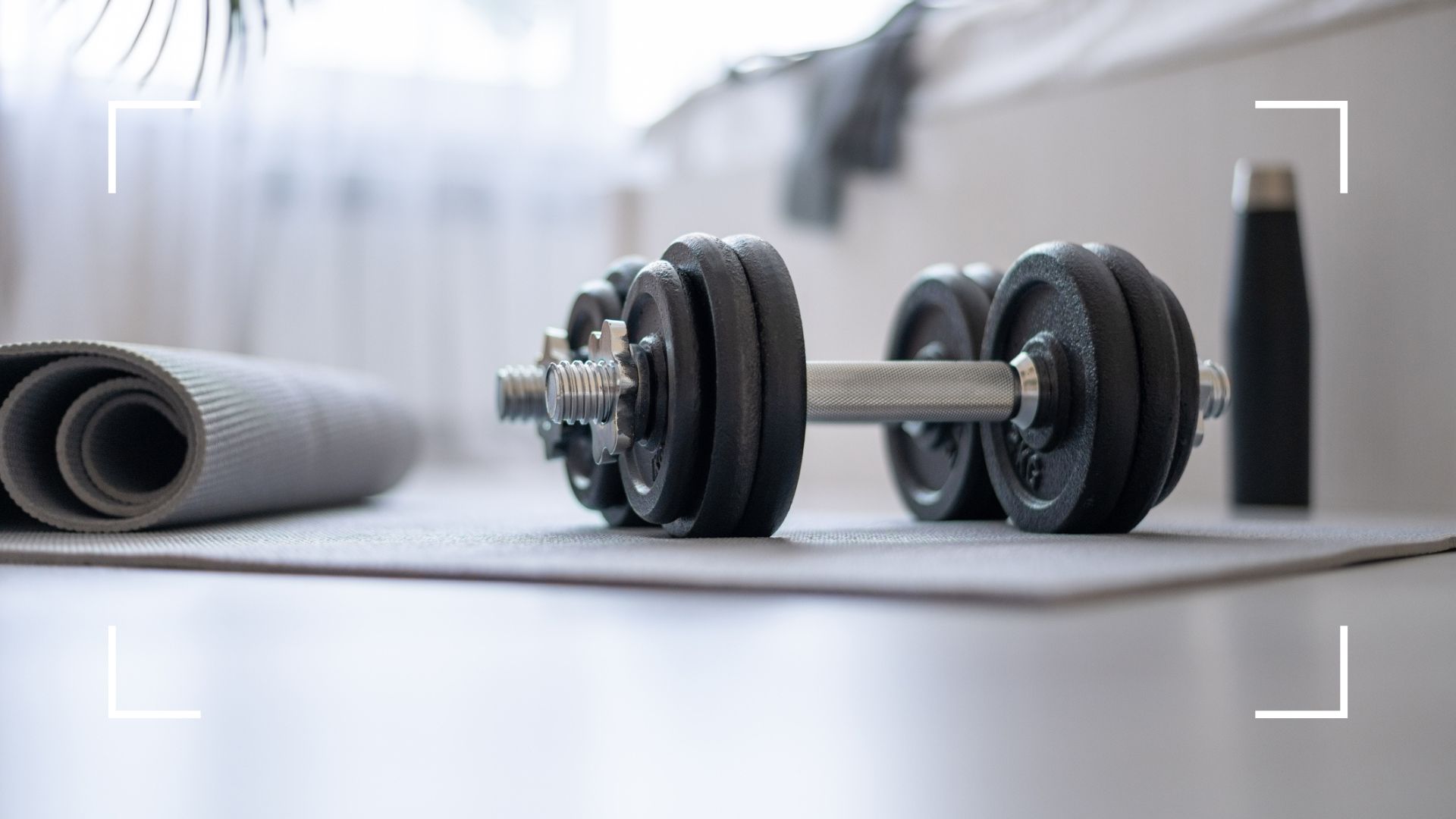

A good dumbbell workout for beginners is all you need to get started with strength training. Whether you're new to exercise or looking to add more versatility to your routine, we've got you covered in five simple moves.
Truly all you need to get started is a pair of the best dumbbells and enough space to fully stretch out your arms on either side and step forwards and backwards to start experiencing the benefits of strength training for women.
Consistency is also key, says personal trainer Joey Bull. While a dumbbell workout for beginners once a week is enough for some people, two or three sessions a week is better for making progress when doing strength training at home for beginners. "Challenge yourself to push past discomfort and strive for two additional reps when you think you've reached your limit," she says. "Every repetition is a step towards your goals, propelling you towards a stronger, healthier you." Here's how to get started with your dumbbell workout for beginners.
A dumbbell workout for beginners in brief
1. Squats
2. RDL
3. Chest press
4. Atlas lifts
5. Bent over rows
Dumbbell workout for beginners: 5 moves to try
Squats
"Squats are a great functional exercise and work the glutes, the largest muscle of the body," says Kate Rowe-Ham, a Level 3 personal trainer and the founder of Owning Your Menopause. "They are an essential move and can help boost performance in exercise, reduce the risk of injury, and they can help you carry out day-to-day tasks." You'll find them in any gym dumbbell workout.
How to do squats with dumbbells:
- Start with your feet hip-width apart, says Rowe-Ham. You can hold two dumbbells up by your shoulders or just hold one in both hands, hugged tight to your chest to prevent any strain on your lower back.
- Looking ahead with your chest high, engage the trunk of your body and push the weight back into your heels as you drive your hips back, lowering yourself towards the floor.
- As you drive back up, ensure you squeeze your core tight and drive through your heels to a start position.
Squats, along with deadlifts and bent-over rows, are what's known as compound lifts. They target multiple muscle groups at once. For example, along with the glutes, squats can help strengthen the quadriceps (thigh muscles), hamstrings, calves, and lower back. Whether you do them with a dumbbell or as part of a chair workout, they are one of the most effective exercises.
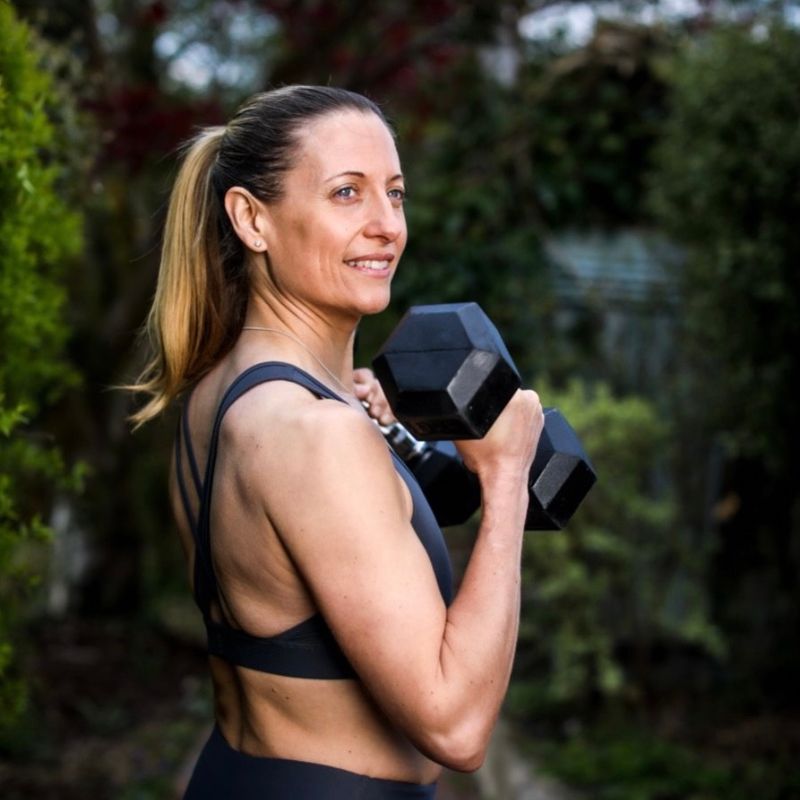
Kate Rowe-Ham is a level 3 qualified personal trainer specialising in helping women reach their fitness potential. As the founder of Owning Your Menopause, she prides herself on helping clients find a love for exercise, giving them the tools they need to adopt a sustainable approach to exercise with long-lasting results.
RDL
The Romanian deadlift or 'RDL' as it's more commonly known, is a great lower-body exercise to do with dumbbells for every level - but for beginners in particular, Rowe-Ham says. "It can help you perfect the hip hinge movement. This move will help build a strong posterior chain which can help reduce lower back issues and support the glutes." If you're looking to do any strength training for runners, this exercise will be essential.
Sign up for the woman&home newsletter
Sign up to our free daily email for the latest royal and entertainment news, interesting opinion, expert advice on styling and beauty trends, and no-nonsense guides to the health and wellness questions you want answered.
How to do an RDL with dumbbells:
- Bring the dumbbells round to the front of your body and press your fingers, holding the dumbbells, against your thigh.
- Squeeze your shoulders back and down. Bend your knees slightly.
- Drive your hips towards the back of the room, as if you are being pulled by a string around the waist, says Rowe-Ham.
- Continue slowly to follow the line of your legs, over the knees and towards the mid-shin.
- Drive up to the starting position by bringing your hips forward, ensuring that you engage your core to support your back.
Top tip: A common mistake with the RDL is to bend over using your back rather than pushing your hips backwards. If you're feeling any twinge in your lower back, this is likely why. To prevent this from happening, drive your hips back only as far as your hamstrings will allow. As soon as you start to feel the stretch in your hamstrings, you've reached the end of the movement.
Chest press
The chest press is a class strength training movement to build upper body, arm, and shoulder strength, says Rowe-Ham. If you're working out at the gym, try doing this on a bench. Otherwise, finding a spot on the floor - perhaps with one of the best thick yoga mats beneath you - will be fine.
How to do a chest press with dumbbells:
- Lie down, face up. Engage your core, take a dumbbell in each hand and position your arms at a 45 to 60-degree angle to your chest. Bring your shoulders back and down against the bench or floor behind you.
- Drive the dumbbells up over your chest area, in line with the band of your sports bra.
- Once at the top of the movement, stabilise your core, bend the elbows towards the floor and bring them down until they are in line with your chest again.
- If you are lying on the floor, bring your elbows towards the floor but don't touch the floor.
- Drive the weights back up to the starting position.
Atlas lifts
Atlas lifts are a full-body movement, working the lower and upper body in one swift pull, says PT Joey Bull, who works with the menopause platform Issviva.
"You're working legs, buttocks, lower back and shoulder with this one," she says. "If your weights are too heavy, use one between two hands and push the weight upward and overhead, as if zipping up a jacket," she says. If you've never done this exercise before, try it without weights first. It works just as well as one of the best bodyweight exercises.
How to do an atlas lift:
- Starting without the dumbbells to perfect the movement, stand with feet hip-distance apart, ensuring proper posture and alignment, says Bull.
- Bend at the knees and hinge forward at the hips with a straight back, lowering the hands towards the floor.
- Stand up, simultaneously straightening knees and hips while pushing the hands overhead. Rise on your toes if you can find the balance before repeating.
- Now pick up the dumbbells and go through the moves perfectly.
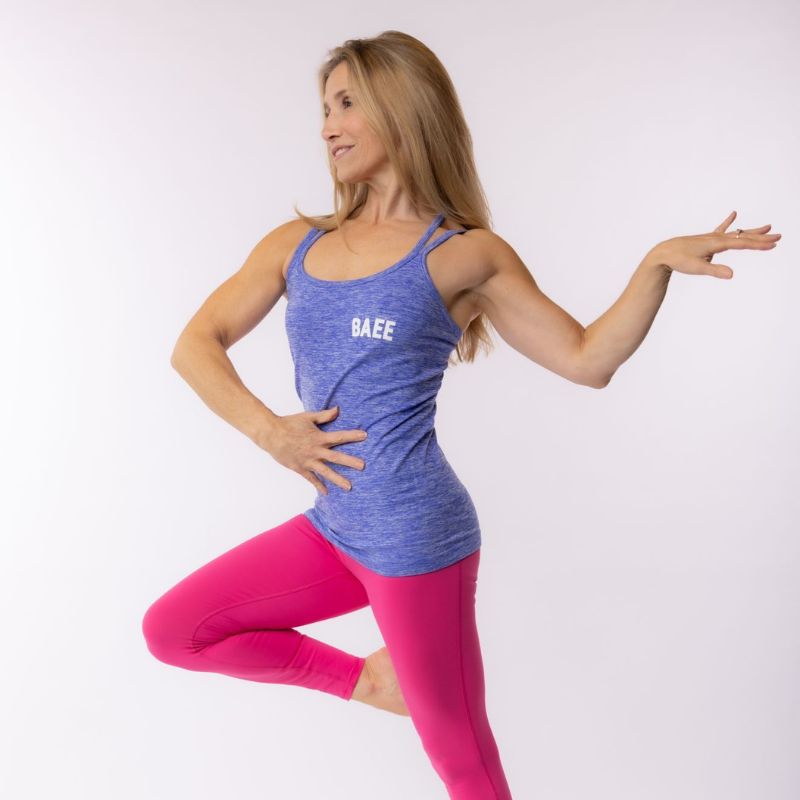
Joey Bull has extensive experience in the industry, working with children to seniors, novices to athletes. Her particular interest in optimal living led to the development of her courses and events 'The Best is Yet To Come'. She was invited to host the National Fitness Awards in 2021 and appears regularly on BBC radio. Joey has nine workout DVDs to her name which have sold internationally and been dubbed into several languages. She has also been a fitness magazine cover girl in her mid-50s.
Bent over rows
Bent-over rows are the perfect movement for working the upper body, specifically the three major muscle groups in the back. As well as helping to improve your strength and overall balance, having strong back muscles can help to improve your posture.
How to do a bent-over row:
- Stand with feet shoulder-width apart, holding dumbbells in each hand, says Bull.
- Hinge forward from the hips with a slight bend in the knees, maintaining a straight back.
- Pull the dumbbells towards your armpits, engaging the back muscles.
"If the weights are too light, double them up into one hand and work one arm at a time," she says.
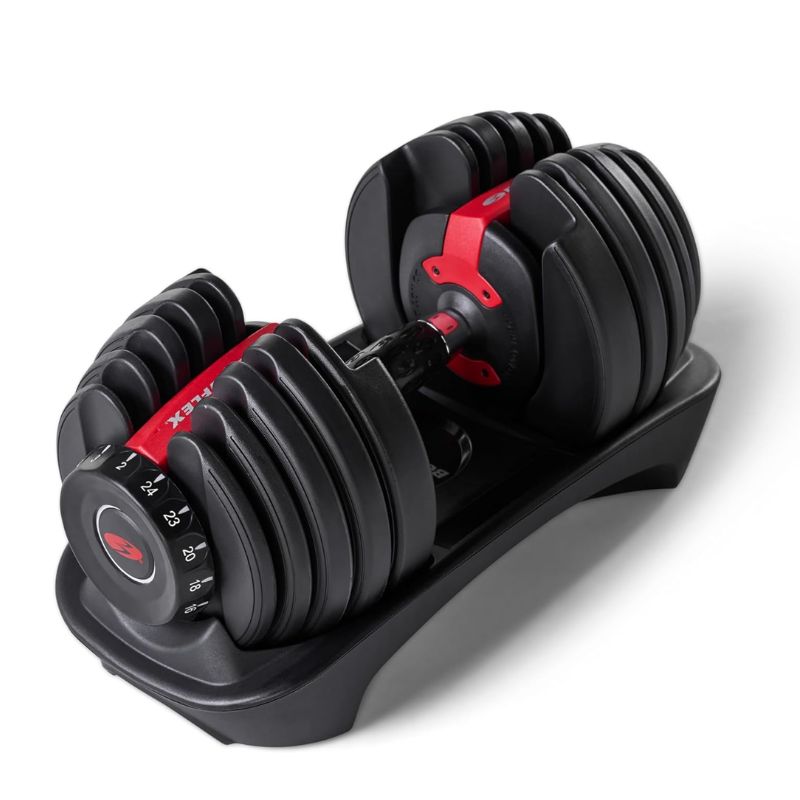
If you're limited on space but want a full set of dumbbells to make sure you're progressively overloading your workout, the Bowflex adjustable weights are for you. The steel plates can be adjusted with a simple turn of the dial - taking them from 2-24kg in just seconds - without the need for a full weights rack.
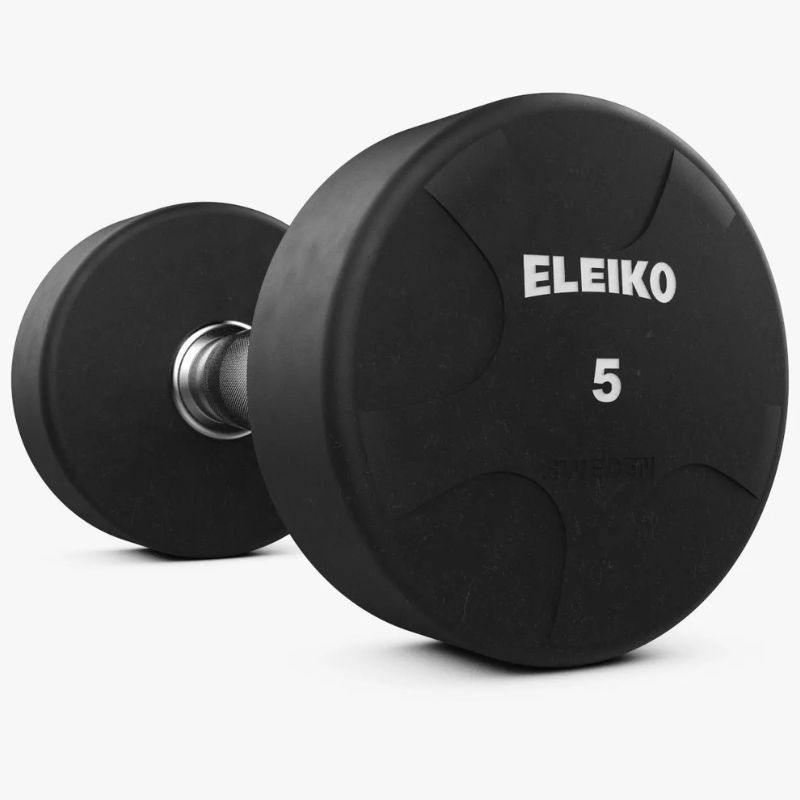
Want a pair of dumbbells to last a lifetime? The Ekeiko range is made from polyurethane twice as strong as rubber and the weights have sloped handles for easy holding. Available in weights from 1kg to 40kg.
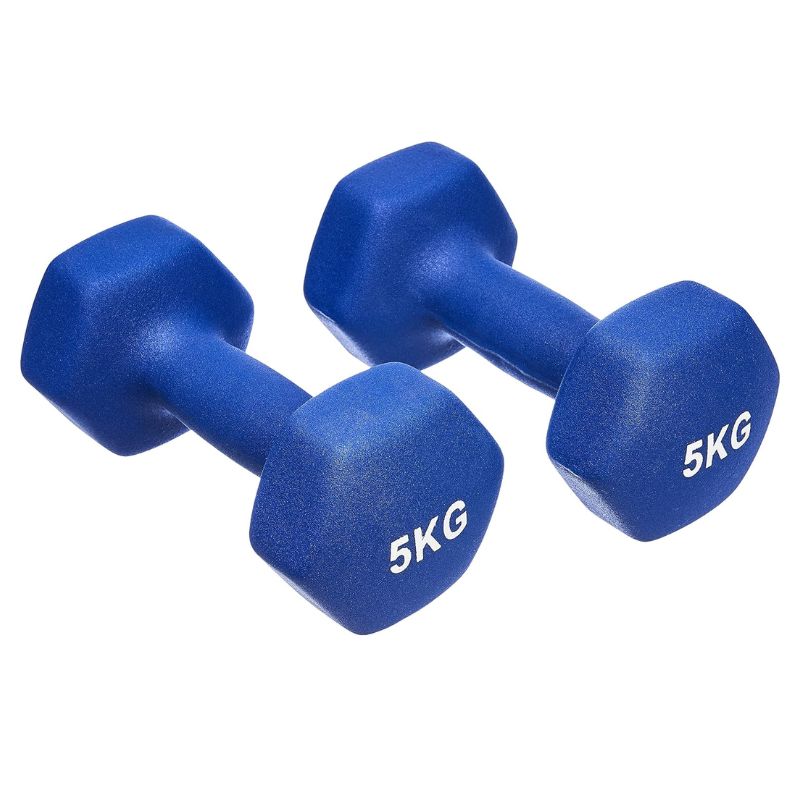
Kit out your home gym with a pair of 3kg and 5kg dumbbells for under £43 with this Amazon Basics range. Made from neoprene for an easy-grip hold, weight identified with a label on either end, and the overall hexagonal shape makes for easy storage as the weight doesn't roll away. Ticks all the boxes.
What weights should a beginner use?
Start with dumbbells weighing between 3kg and 5kg each, says Rowe-Ham. You might be able to work with a heavier weight than this from the beginning, which is why it's important to have options, but these are good to start with when doing a dumbbell workout for beginners.
"5kg for the lower body I'd suggest, as this is normally stronger, and 3kg for the upper body," she says. "You'll be surprised at how quickly you make progress with good form, consistency, and patience."
How do you know when a dumbbell weight is too light?
You'll know if your dumbbell is too light if you are able to do endless repetitions - instead of around eight to 12. Alternatively, "if you are unable to perform a good strong repetition then the weight may be too heavy," says Rowe-Ham.
"Ideally, if you are building muscle, then you want to be performing anywhere between eight to 12 reps, finding the last two reps possible but challenging," she adds.
How many repetitions should I do in my dumbbell workout?
There's a different answer to this question depending on who you speak to. Largely though, eight to 12 repetitions of each movement are recommended for anyone looking to build strength with their dumbbell workout for beginners.
Per research in association with the University of Melbourne, this range is best for muscle building, muscle endurance, burning fat, and getting stronger. If you're looking to improve muscle endurance alone, which can help you to do daily activities like picking up bags and opening doors multiple times without getting tired, then a range of 15+ repetitions may be more useful.
Can you build muscle with dumbbells only?
Yes, absolutely. Ultimately, whether you use a dumbbell, resistance bands, or a kettlebell, the important part is that you're using resistance. Resistance means the body has to work against a force, pushing the muscles beyond their regular capabilities and forcing them to adapt and grow over time. For women over 40 and anyone going through perimenopause and menopause, this is particularly important.
"As we age, our bodies undergo significant changes, with bone and muscle density dwindling at an alarming rate after the age of 40," says Bull. "While a little bit of walking and exercise does something, it takes good work to regain our muscle and bone density. The decline of density for bones and muscles past menopause is unfairly balanced, so get focussed on the importance of those dumbbells and what they can do for us."

Grace Walsh is woman&home's Health Channel Editor, working across the areas of fitness, nutrition, sleep, mental health, relationships, and sex. She is also a qualified fitness instructor. In 2025, she will be taking on her third marathon in Brighton, completing her first ultra marathon, and qualifying as a certified personal trainer and nutrition coach.
A digital journalist with over seven years experience as a writer and editor for UK publications, Grace has covered (almost) everything in the world of health and wellbeing with bylines in Cosmopolitan, Red, The i Paper, GoodtoKnow, and more.
-
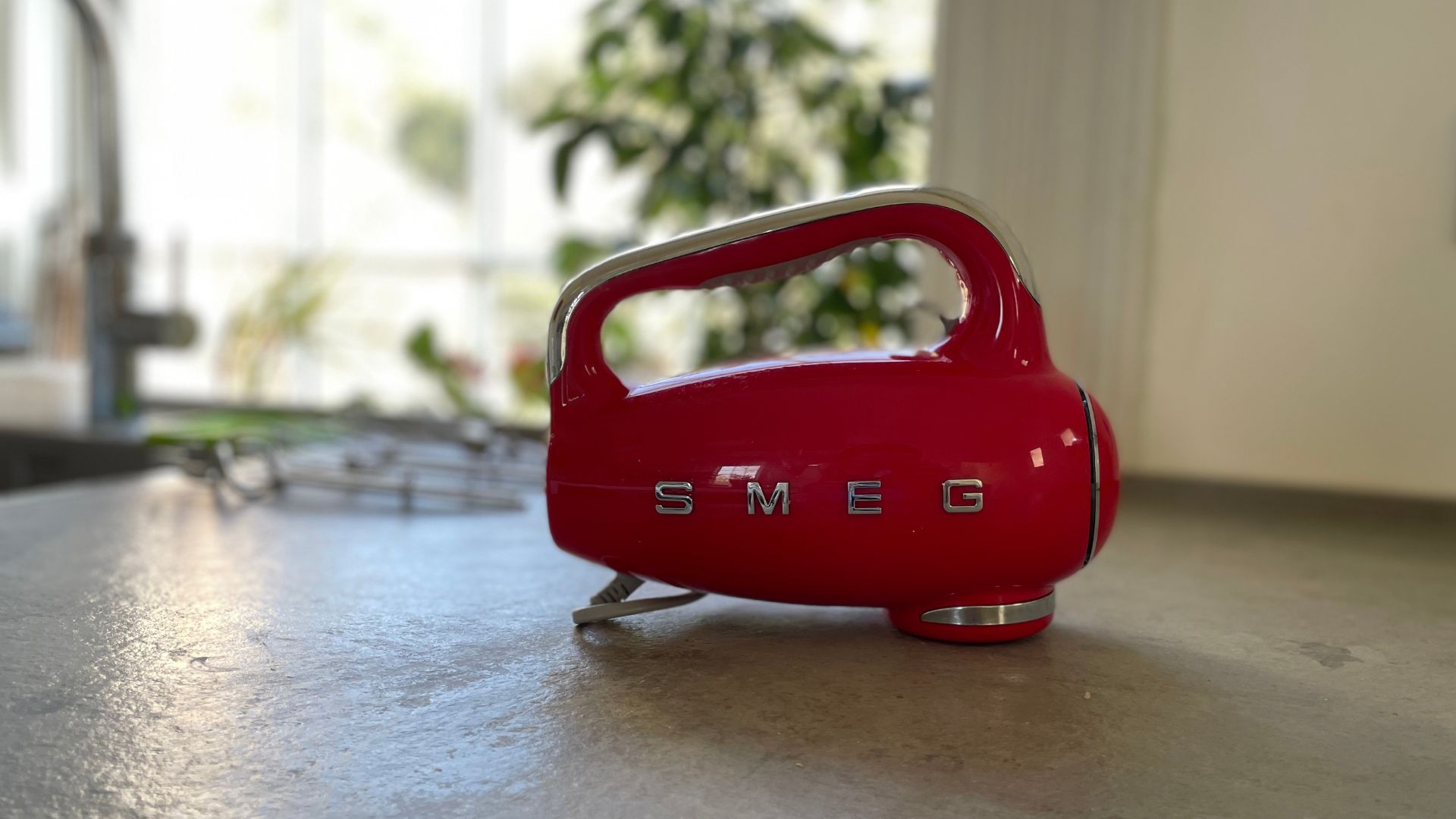 Smeg's retro hand mixer puts the 'king' in baking - I'm convinced it's the best
Smeg's retro hand mixer puts the 'king' in baking - I'm convinced it's the bestThe Smeg 50s Style Hand Mixer is every keen baker's dream: it whips up cream, mixes cookie dough, and kneads bread like the best hand mixers on the market
By Laura Honey Published
-
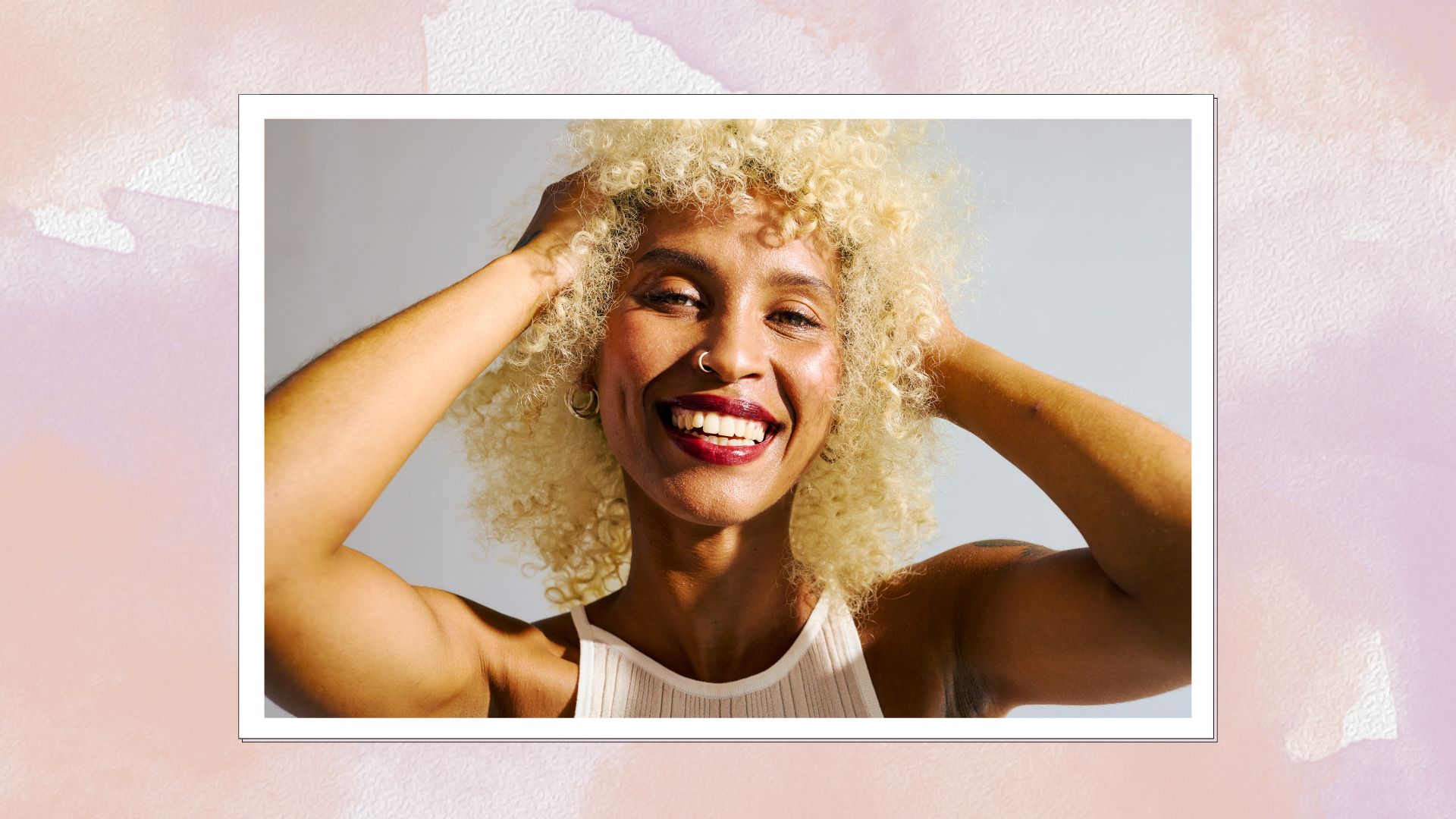 From highlights to glosses, here's everything you should know before colouring Afro-textured hair
From highlights to glosses, here's everything you should know before colouring Afro-textured hairKeep your curls and coils healthy during colour processes with this beauty editor's guide
By Keeks Reid Published